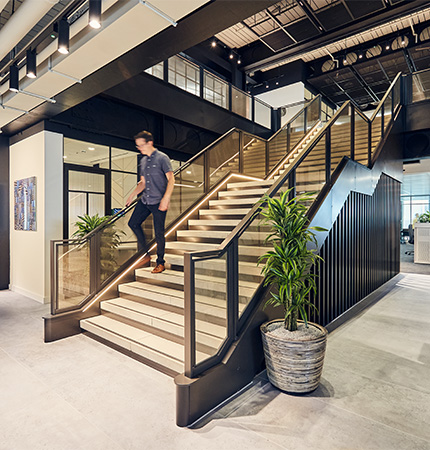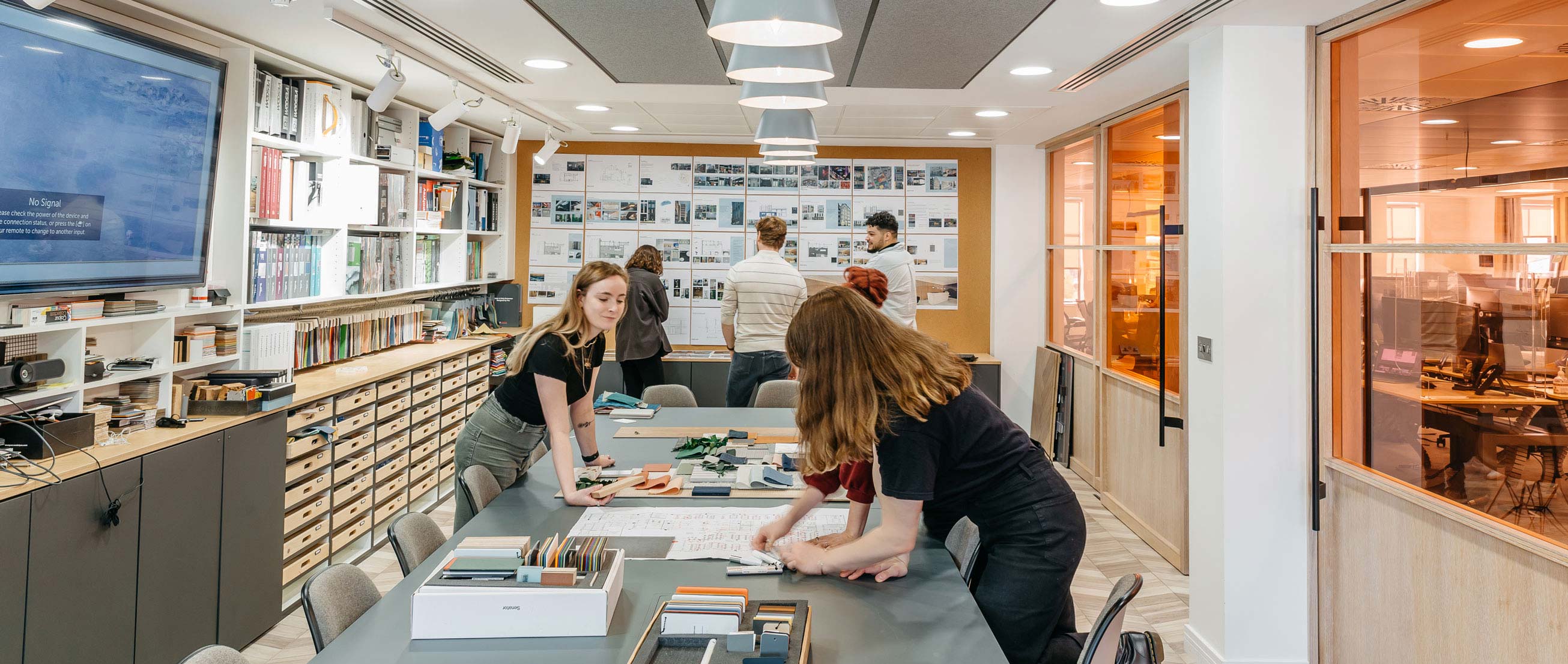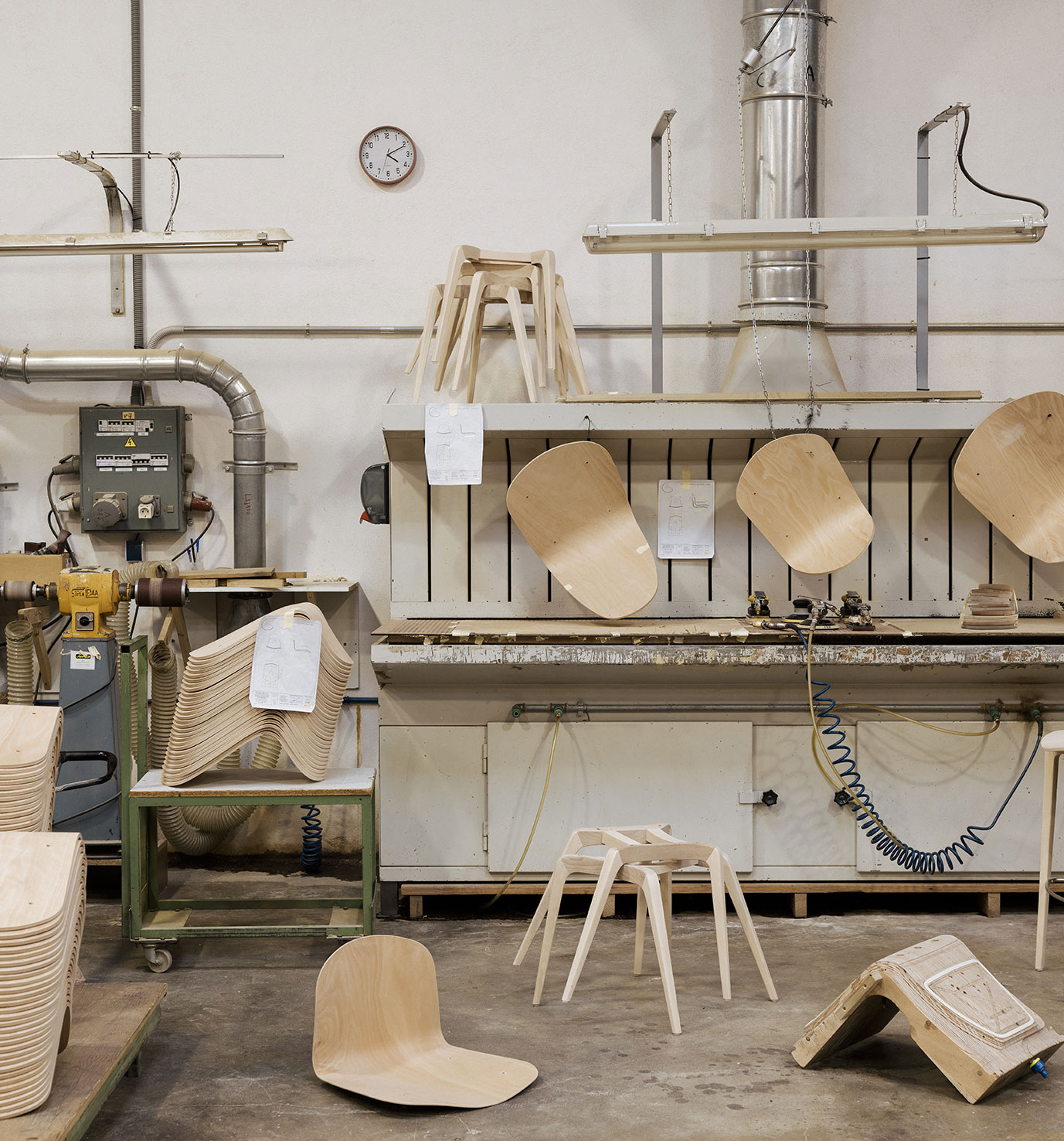
Sign up to our newsletter.
Stay up to date on the latest in workplace design & build. Sign up to our newsletter for useful advice, information and inspiration from the world of workplace.

Article by, Lee Marple, Gerald Eve
The events of the past year have shown that our people are our most important asset. Emerging from the pandemic, businesses must consider how to return to the workplace in a way that puts the safety and wellbeing of the workforce at the top of the agenda, and employee demands are changing too. A recent report in The Times suggested that half of people would quit their current role if denied a flexible working lifestyle once we return to the workplace. As we come out of this pandemic, it will be employees, not employers, that have more influence over real estate strategy. Those employers that embrace their employees needs will be the ones that thrive – be this through a form of hybrid home and office working or through creating a better user experience in the office itself.
Real estate can contribute up to around 5%-6% of a business’s annual costs, and with ongoing financial pressures combined with the success of home working we’ve witnessed for some businesses, occupiers are starting to see this as an opportunity to relocate or reconsider the size of their real estate. The more progressive occupiers will be looking for the best space to offer their employees, whether they’ll be present in the office five days a week, or even just one or two.
Now that many workers have proven their ability to operate effectively from home, it’s important for employers to create a vibrant destination for their employees, to make the return to the office an attractive proposition. For offices to remain successful they must be a destination of choice.
They’ll offer people more space, greater flexibility and a unique experience. Prior to the pandemic, employers had begun to embrace the use of smart technologies in buildings to control internal environments and to better manage the utilization and booking of desks and meeting rooms. The pandemic has accelerated these trends which will become a necessity, rather than an additional bonus.
Landlords who offer Cat A+ and ready-to-work spaces for tenants will be in a particularly strong position due to the benefits of those offerings for businesses. By providing access to a variety of functions in their buildings such as cafes, auditoriums, and flexible meeting and break out spaces, landlords will be able to attract occupiers to take smaller footprints than they previously occupied making some occupiers to decide to relocate rather than remain in their current real estate.
Increasingly, the pandemic has shown the importance of supporting both physical and mental health. Employers who embrace flexibility will see success. Encouraging employees to work in ways that suit both them and the activity of the business will be an important balance to strike, and the role of the office needs to facilitate the development of human interaction and relationships that so many are desperately craving. Businesses contemplating office relocation may consider a move that allows the entire organisation to come together, both during the working day and ‘out of hours’ for social events, and team-building exercises.
There will be many people who may feel apprehensive about a return to work. We have also seen the introduction of contactless systems in buildings allowing any health and safety or hygiene concerns to be easily and swiftly navigated.
What is clear in any relocation decision, is that the importance of communication and collaboration across an entire business cannot be overlooked. While support for an office relocation must cascade down from the CEO or board of a business, it must also embrace the needs and desires of the employees. Equally, it’s likely that we’ll start to witness larger levels of landlord-occupier collaboration and negotiation. The pandemic has shown the inextricable links between the two, so moving forward, the most successful landlords will be those who embrace the occupier and work around their needs.
When we consider the monumental changes we’ve experienced in the last 12 months alone, businesses may want to adopt a shorter-term approach to strategy, and landlords will have to acknowledge this with increased flexibility.
Of course, the situation immediately in front of us is a challenging one, but exciting opportunities are starting to present themselves. Architects and workplace strategists are busy searching for the answers that we’re all busy contemplating, and it is now time to shape not only how we work, but where we work too.





Your workplace holds enormous potential to improve your business performance. Get in touch today, and we will unlock that potential together.